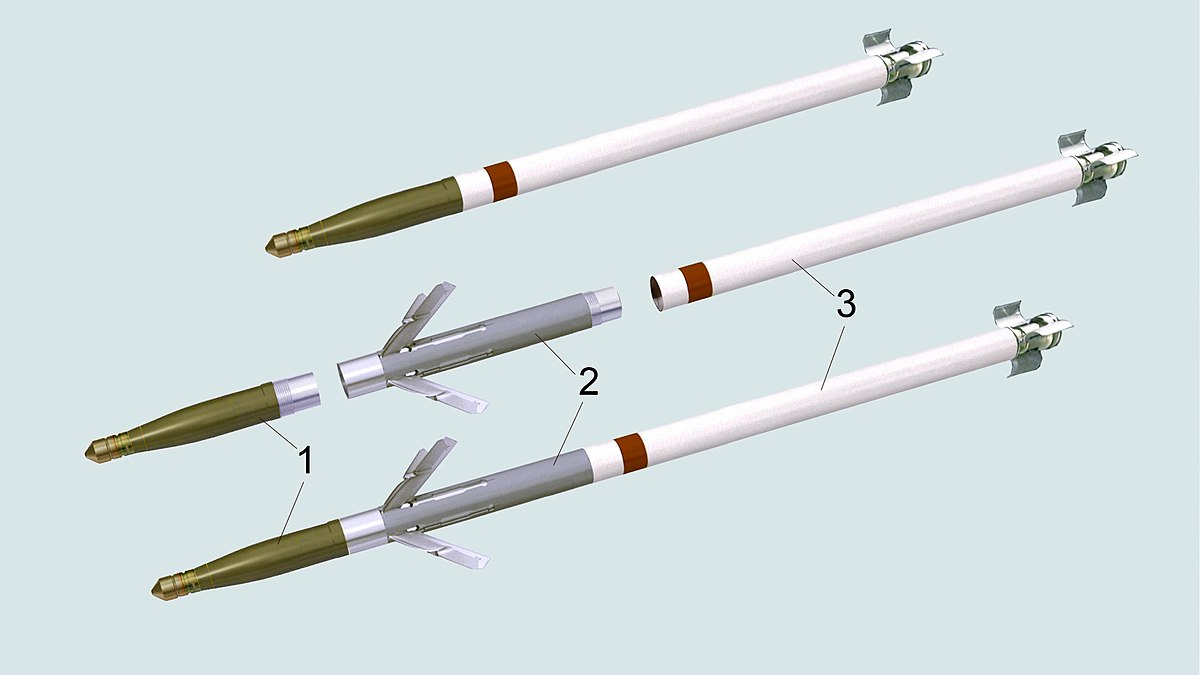Online
"Precision Aerial Munitions" is pretty vague. I wonder what they are?
just guessing- DPICM
clear 100 yards of a trench with on shell.
but could also mean more JDAM kits too. Or GLMRS.
ooooooooooooorrrrrrr- ATACMS.
Follow along with the video below to see how to install our site as a web app on your home screen.

Note: this_feature_currently_requires_accessing_site_using_safari
"Precision Aerial Munitions" is pretty vague. I wonder what they are?
I think all of the Abrams could run on diesel fuel all along. What I think happened is someone who wrote the Wikipedia page or some news paper article for the tanks read that the US chose to only use jet fuel when they could have used diesel fuel instead, and that created an Internet legend which was not true.I enjoy Hertlings' insights. I know some of the older Abrams could run on diesel engines, not sure how many of those we have left.
Snitches get stitches.they want to rob their houses?????????
I would think they will be APKWS II guided rockets. They are cheap kits which convert the small Hydra 70 unguided missiles into guided missiles. They are used by Bradly fighting vehicles as a cheap substitution for the very expensive hellfire missiles, and on helicopters and fixed wing aircraft as well."Precision Aerial Munitions" is pretty vague. I wonder what they are?

Your suggestion is essentially the same as my suggestion. The Zuni is unguided and quite similar to the newer smaller Hydra 70 rockets. Both are in use in Ukraine.Zuni:
The Zuni was designed for use against enemy bombers, pillboxes, gun emplacements, trains, vehicle convoys, ammunition dumps, and small ships. The Zuni was very inexpensive, costing about $400 each, and served as both an air-to-surface and air-to-air missile.
The guidance system kits cost a lot more than the rockets they convert, about $15,000 each
Hmmm..... maybe those cruisers in the Black Sea filled with Kalibr missiles may be swimming with the fish.Zuni:
The Zuni was designed for use against enemy bombers, pillboxes, gun emplacements, trains, vehicle convoys, ammunition dumps, and small ships. The Zuni was very inexpensive, costing about $400 each, and served as both an air-to-surface and air-to-air missile.
